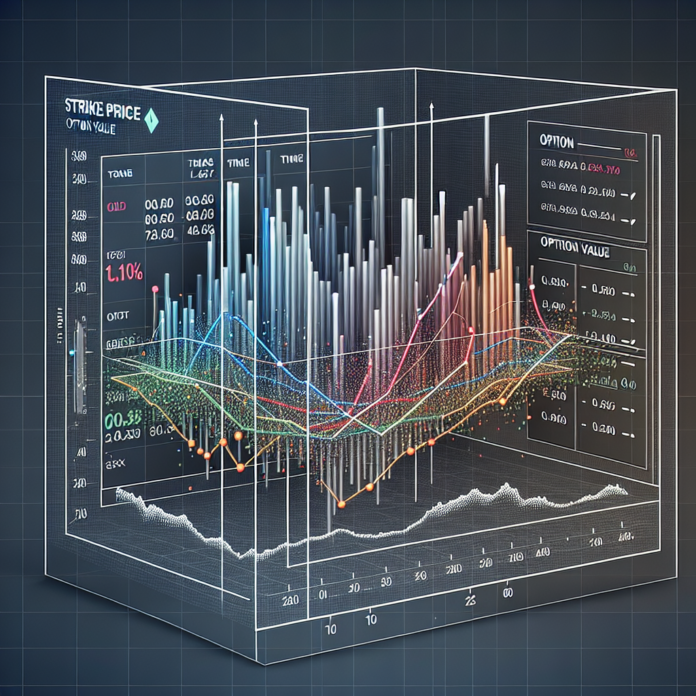Sure! Below is a crafted article for your WordPress website focused on how strike prices affect call and put option values, complete with external links:
Introduction:
When it comes to trading options, understanding strike prices is crucial. The strike price of an option is the price at which a call or put option can be exercised, and it has a significant impact on the option’s value. Whether you’re a novice trader or seasoned investor, grasping this concept is essential for successful options trading.
Body:
What Are Strike Prices?
A strike price, also known as the exercise price, is the fixed price at which the owner of a call option can purchase the underlying asset or a put option holder can sell the asset. This agreed-upon price is what makes options a valuable tool for hedging risk or speculating on the price movements of securities.
Strike Prices and Call Options:
For call options, the strike price is where the security can be bought by the option holder. A call option is in-the-money when the underlying security’s price is higher than the strike price, making the option more valuable as it allows the holder to buy the asset below market price. Conversely, if the market price is below the strike price, the call option is out-of-the-money and will be less valuable as the incentive to buy at a higher price is not attractive. The Options Industry Council offers detailed insights into option strategies and pricing.
Put Option Pricing and Strike Prices:
In contrast, put options give the holder the right to sell at the strike price. A put option gains value as the underlying asset’s price falls below the strike price, as this allows the holder to sell the asset above the current market price. An above-market strike price makes the put option in-the-money and thereby increases its premium. Understanding this relationship is critical, and CBOE provides helpful resources on option pricing and strategy.
Factors Influencing Option Pricing:
While strike prices are a key factor in determining an option’s value, other variables also play a part. These include the underlying asset’s current price, the option’s time to expiration, volatility, interest rates, and dividends. Traders should consider these factors alongside the strike price when evaluating potential options trades.
Choosing the Right Strike Price:
Selecting the appropriate strike price is a balance between risk and reward. A strike price that’s far from the current market price may be cheaper to purchase but will also have a lower probability of becoming profitable. Sites like Investopedia offer guidance on choosing strike prices and managing risk in options trading.
Conclusion:
Strike prices are an integral component of option values for both calls and puts. By understanding how they affect the intrinsic value of options, traders can make more informed decisions and enhance their trading strategies. Whether aiming for capital gains or hedging an investment position, comprehension of strike prices will play a pivotal role in your options trading success.
To dive deeper into options trading and to enhance your understanding of financial markets, consider examining the educational resources provided by organizations such as the Securities Industry and Financial Markets Association (SIFMA).
Remember, while options can offer substantial rewards, they also carry risk, and it’s essential to be educated before entering the market.
Feel free to post this article to your WordPress site. Make sure to check that all links are working properly and that the content aligns with your site’s standards and audience expectations before publication.




 AGF-B.CO
AGF-B.CO